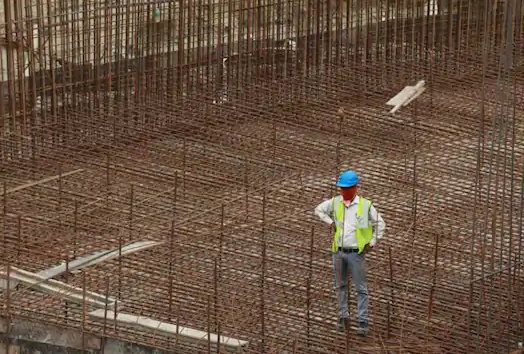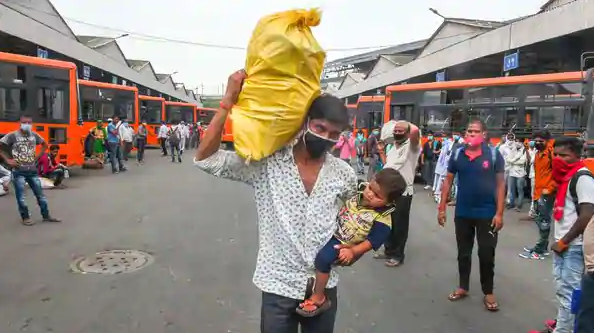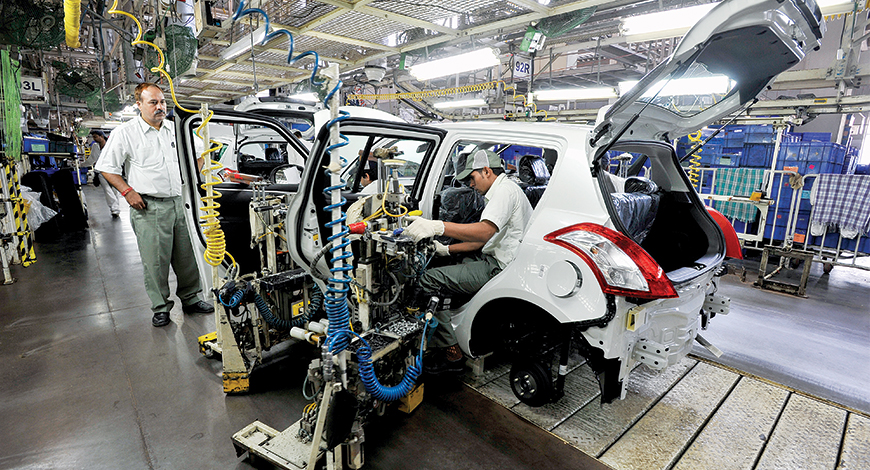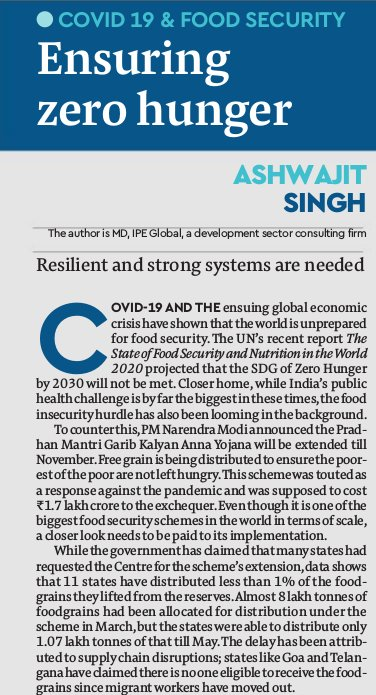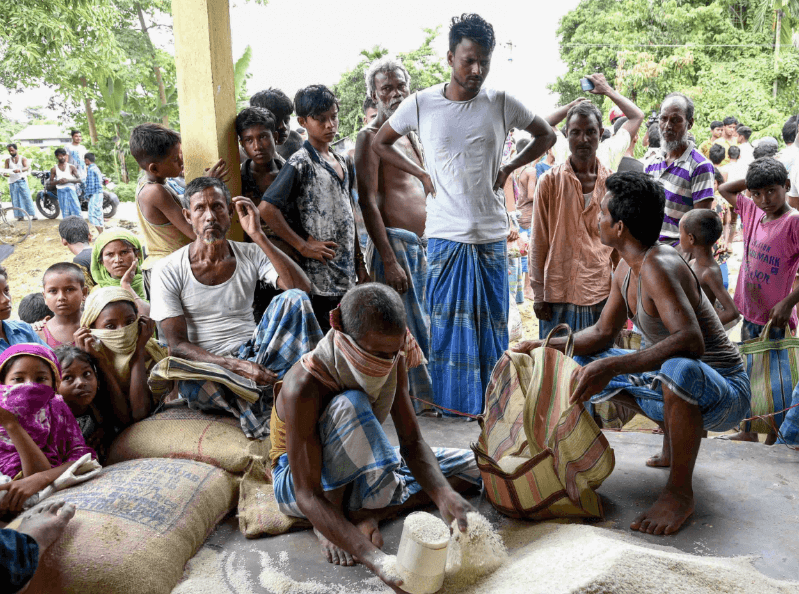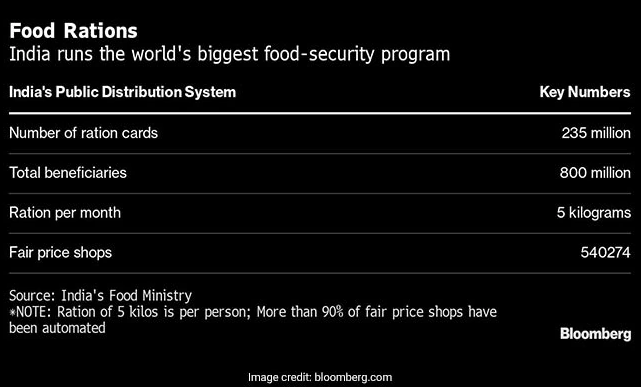The year 2020 marks the start of the Decade of Action to deliver the Sustainable Development Goals (SDGs) by 2030. From eliminating poverty and hunger to reversing climate change, this period was set to advance a shared vision and accelerate responses to the world’s gravest challenges. Ever since the 2030 Agenda launched in 2015, some […]
India has fast paced its testing and tracing infrastructure, but much more is required. Innovations for mass testing and screening protocols need quick adoption and scaling up. India’s public and private medical research institutions have responded well to the challenge and with right support have the capacity to scale-up efforts further.
The idea of a hybrid workplace (mix of physical and remote) is gaining traction and changing of policies is already underway. Businesses have started thinking about alternative workforce models and leveraging the gig economy. ‘Unplugging’ work, being able to split personal and professional time; the increased need to prove oneself ‘indispensable’ to the organization; the fear […]
India is the third most affected from covid-19 now, but with increased testing, it could emerge as the top country affected by the pandemic. While testing rates have increased by 240% since the beginning of July, covid positive cases have increased by almost 325%.
While Andhra Pradesh has been recording over 10,000 cases every day for last five days, Chandigarh’s average growth rate of Covid-19 cases at 4.6% has also surpassed the current growth rate of Delhi (0.8%) and Maharashtra (2.4 %). The current national average of daily growth of covid-19 cases is around 3.25%.
High population density coupled with porous city and state borders are some of the key reasons for India not being able to control the virus spread after the lifting of the lockdown.
India can offer these companies reasonable price and quality material which can lead to more foreign investments giving a much-needed impetus to the economy.
India’s annual food-subsidy bill is more than 1 trillion rupees ($13.4 billion) — almost 4% of the national budget — as the government is required by law to provide 5 kilograms (11 pounds) of rice, wheat and coarse grains at subsidized rates as low.
Under the program, people are now allowed to take their quota of foodgrains from a “fair-price shop” anywhere in India by giving their ration card number and providing biometric authentication. Until now Indians could only receive the rations in their hometowns, which could discourage some from moving away in search of work.
Ashwajit Singh stated that One of the key challenges faced by the migrant workers in the cities at the beginning of the lockdowns was the lack of food security and a lack of access to foodgrains.
Under the program, people are now allowed to take their quota of foodgrains from a “fair-price shop” anywhere in India by giving their ration card number and providing biometric authentication. Until now Indians could only receive the rations in their hometowns, which could discourage some from moving away in search of work.




